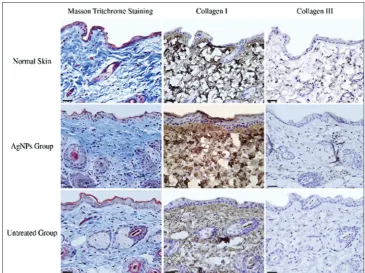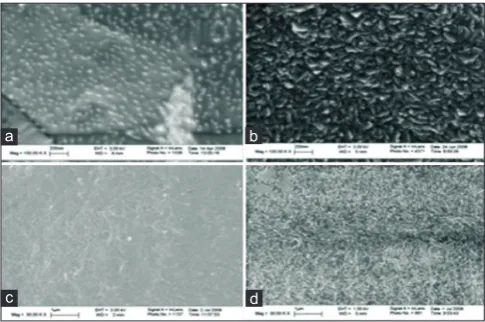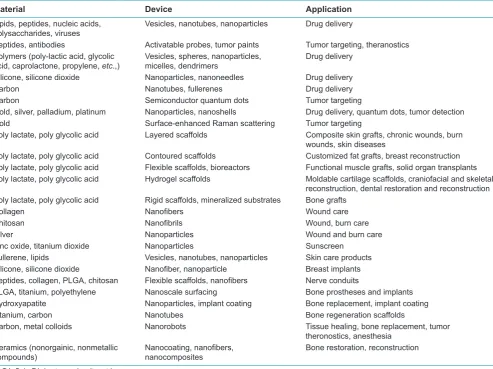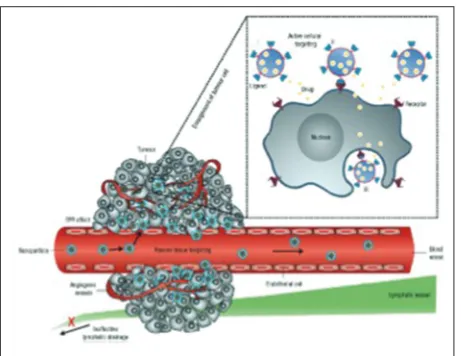Current and future applications of nanotechnology in plastic and reconstructive surgery
Full text
Figure


](https://thumb-us.123doks.com/thumbv2/123dok_us/8871754.1814388/5.595.307.550.478.781/figure-filopodia-endothelial-cells-induced-nanotopography-used-permission.webp)

Related documents
We investigated behaviours on social media, such as usage, as well as users' attitudes, for examples their ability to control individual information, technical efficacy, and
Additionally, this project continues to fund a portion of the base program of stream chemistry monitoring at Bear Brook Watershed in Maine (BBWM), for the reference watershed,
[5–7, 9, 24–27]. Of special importance are the papers published in top−tier journals, such as The Lancet [28, 29], JAMA [30], Science [31], Nature Biotechnology [4], and Nature
Although the participants of the qualitative study expressed a wish for the introduction of new indicators measuring the longer-term impact of translational re- search on patients,
We will explain the analysis of the internal memory and hard drive of a Windows 10 PC to determine data remnants after performing login, uploading posts, uploading comments,
Furtherly, miR-21 was con fi rmed to be directly regulated by GAS5 and upregulated GAS5 signi fi cantly downregulated miR-21 Figure 2 GAS5 expression after cell transfection.. ( A, B
Minority Immigrant Group 0 -.3 -.2 -.1 0 Caribbea Black Af Indian Pakistan AfroAsia Banglade Chinese Other Et Employment differential. Males: No
Figure 1 ( A ) Starting capsulorhexis; ( B ) multiple light re fl ection rings at different tissue levels (arrow shows the capsulorhexis edge); ( C ) progression of capsulorhexis
